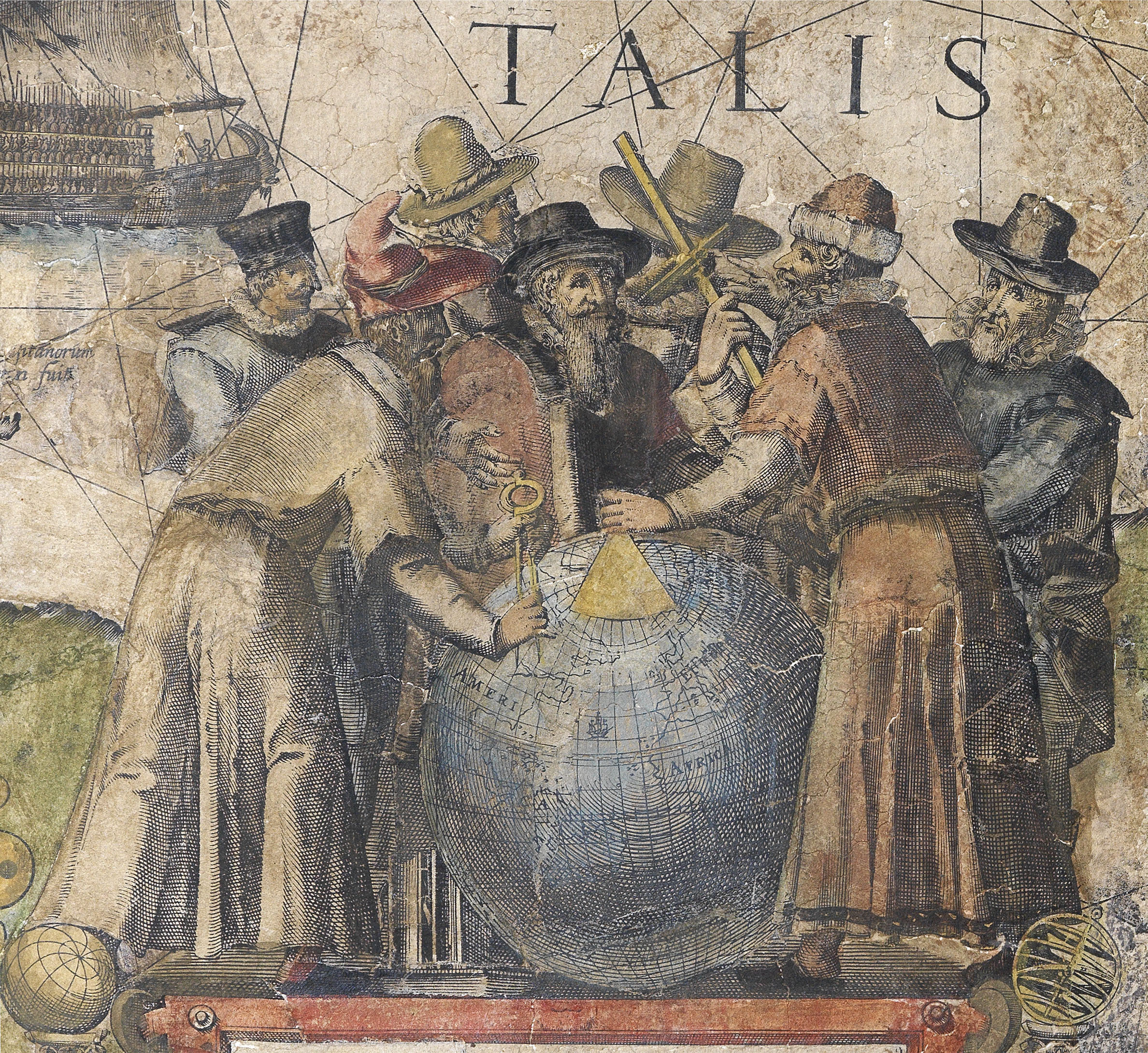Vereenigde Oostindische Compagnie V O C

VOC — Vereenigde Oostindische Compagnie — Dutch East India Company
The VOC and its subsidiaries were the first joint stock companies in history, and the forerunners of modern corporations; eventually giving rise to a multi-national global empire, where money, and the ability to manipulate and move it, becomes the principal resource and driving force.
For nearly one hundred years, after Vasco da Gama discovered a sea route to India in 1499, the Portuguese and the Spanish were dominant in the eastern and western hemispheres respectively. This dominance was aided by a policy of extreme cartographic secrecy by both crowns, and returning ships were required to surrender both their charts and information on any discoveries made. All charts were state property, and illegal use or copying was punishable by death. However, smuggling often took place, and piracy by both English and Dutch vessels meant that, eventually, the routes to both the “Old”, or East, and “New”, or West, Indies became available to northern Europe. Using this purloined information, the British East India Company – EIC- and Dutch Vereenigde Oostindische Compagnie –VOC — were established — in 1600 and 1602 respectively — to cash in on the lucrative trade in nutmeg, pepper, cinnamon, cloves, and other spices.
These monopolistic giants continued the tradition of jealously guarding the secret charts that laid the path to the source of their immense wealth and power. Both organisations employed teams of chartmakers or hydrographers to record the most up-to-date navigational information for speedy distribution in order to obtain commercial advantage with the quickest routes to the most profitable markets. The principal vector for this information was the “pascaert”.
The publication of these pascaerts proudly makes proprietary information inviting and accessible to a new investor class. In joining the chase around the globe for a nutmeg, one of the smallest countries in the world created a vast empire by applying the principle of capital investment to their ventures, eventually driving the Spanish, the Portuguese, and even the English from the East Indies.
 地图
地图  地图集
地图集  珍本
珍本  版画
版画  天文仪器
天文仪器 






